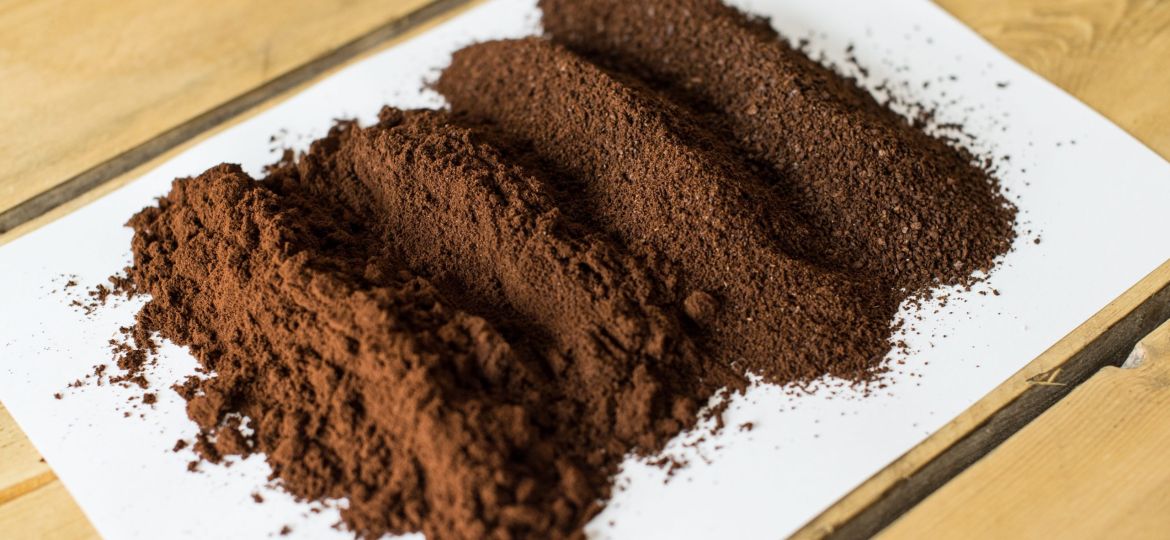
Grinding coffee beans at home is a pivotal step towards achieving the ultimate cup of coffee. It unlocks the fresh flavors and aromas that pre-ground coffee simply cannot match. The process of grinding coffee just before brewing preserves the beans’ essential oils, which are responsible for coffee’s rich flavor and aroma. This practice ensures you get the most out of your coffee, offering a fresher, more satisfying experience.
Choosing the Right Coffee Beans
Single-Origin vs. Blends
Single-origin coffee beans hail from a specific region or even a single farm, offering unique flavor profiles that reflect their local environment, such as soil and climate conditions. These beans provide a distinct taste, allowing coffee enthusiasts to explore the subtle nuances of coffee from different parts of the world. However, they can be more expensive and less consistent in flavor due to varying seasonal conditions.
Blends, on the other hand, are a mixture of beans from multiple origins, crafted to create a balanced and consistent flavor profile. They offer a reliable taste experience, with the added benefit of often being more affordable than single-origin options. Blends are particularly appealing for those who enjoy a specific flavor profile that can be enjoyed consistently, regardless of seasonal changes in bean availability.
Roast Types
The roast level of coffee beans significantly impacts their flavor and the way they should be ground. Light roasts are known for their brighter, acidic flavors and can require a more fine grind to fully extract their complex tastes.
Medium roasts offer a balance of acidity and body, suitable for a wide range of grind sizes. Dark roasts, with their bold, smoky flavors, often work best with coarser grinds, as a fine grind can lead to overly bitter flavors.
Origin Stories
The origin of a coffee bean can tell you a lot about the flavor to expect. Beans from Africa, for example, are often noted for their floral and fruity notes, while Latin American beans may have a sweeter, more nutty profile. Understanding the origin of the beans can guide you in selecting the right type for your taste preferences and the brewing method you plan to use.
This knowledge allows for a more tailored coffee experience, enabling enthusiasts to match their beans to their desired flavor outcomes.
Burr vs. Blade Grinders
Burr grinders, favored for their precision, operate with two abrasive surfaces known as burrs. These burrs grind coffee beans to a uniform size, offering consistency and control over the grind size. This feature is crucial for extracting the full flavor of the coffee, as different brewing methods require specific grind sizes. Despite their higher price, the investment in a burr grinder pays off in the quality of the coffee produced.
Blade grinders, in contrast, use a single blade to chop the beans, often resulting in uneven grind sizes. While they are more affordable and convenient for casual coffee drinkers, the inconsistency in grind size can lead to uneven extraction and a less flavorful cup of coffee.
Manual vs. Automatic Grinders
Manual grinders offer a hands-on approach to grinding, appealing to those who enjoy the process of making coffee as much as the end result. They are typically more affordable and portable but require more effort and time to use.
Automatic grinders provide convenience and consistency with the push of a button. Ideal for those who value time and uniformity, automatic models can come with various settings to adjust the grind size to match any brewing method.
Cost Considerations
When selecting a grinder, consider both the initial cost and the value over time. While burr grinders may have a higher upfront cost, their durability and the quality of grind they produce can offer better value in the long run. Balance your budget with your coffee preferences to find a grinder that meets your needs without compromising on taste or quality.
Understanding Grind Sizes
The size of the coffee grind plays a crucial role in the brewing process, as it affects the extraction rate and, ultimately, the taste of the coffee. Fine grinds are best for espresso, which requires a quick extraction, while coarser grinds suit methods like French press, which allow for a slower extraction.
Adjusting the Grind
To achieve the perfect grind size:
- For espresso, aim for a fine grind similar to table salt.
- For pour-over, use a medium grind that feels like beach sand.
- For French press, opt for a coarse grind, which should resemble breadcrumbs.
- Cold brew requires an extra coarse grind, akin to raw sugar crystals, to facilitate the slow extraction process.
Timing Your Grind
Grinding coffee beans just before brewing is key to maximizing flavor. This practice ensures that the volatile oils, responsible for coffee’s aroma and taste, are preserved until the moment of brewing.
Storage Solutions
To maintain the freshness of coffee beans and grounds, store them in airtight containers away from direct sunlight and moisture. This helps to slow the degradation of the beans’ oils and flavors, ensuring that each cup of coffee is as fresh and flavorful as possible.
FAQs
How do I choose the right coffee beans for home grinding?
Selecting the right coffee beans depends on your taste preferences. Consider trying single-origin beans for unique flavors or blends for consistent taste. Pay attention to roast levels—light roasts offer brighter, acidic notes, while dark roasts are bolder and smokier.
What grinder do you recommend for home use?
A burr grinder is highly recommended for its consistency and adjustability, crucial for extracting the best flavor from your beans. Choose a manual grinder for a more hands-on, budget-friendly option or an automatic grinder for convenience and precision.
How can I troubleshoot common grinding issues?
For uneven grinds, ensure your grinder is clean and not clogged. If the grind is too coarse or fine for your brewing method, adjust the grinder settings. Consistency in grind size is key to a balanced extraction and optimal flavor.
Conclusion and Summary
Choosing the right coffee beans and grinder are foundational steps to achieving a superior home coffee experience. Single-origin beans and blends offer distinct taste profiles, while the roast level impacts flavor extraction.
A burr grinder, whether manual or automatic, provides the consistency and control needed for the perfect grind. By selecting quality beans and the appropriate grinder, you can enhance the freshness, aroma, and flavor of your coffee, making each cup a delightful journey.









